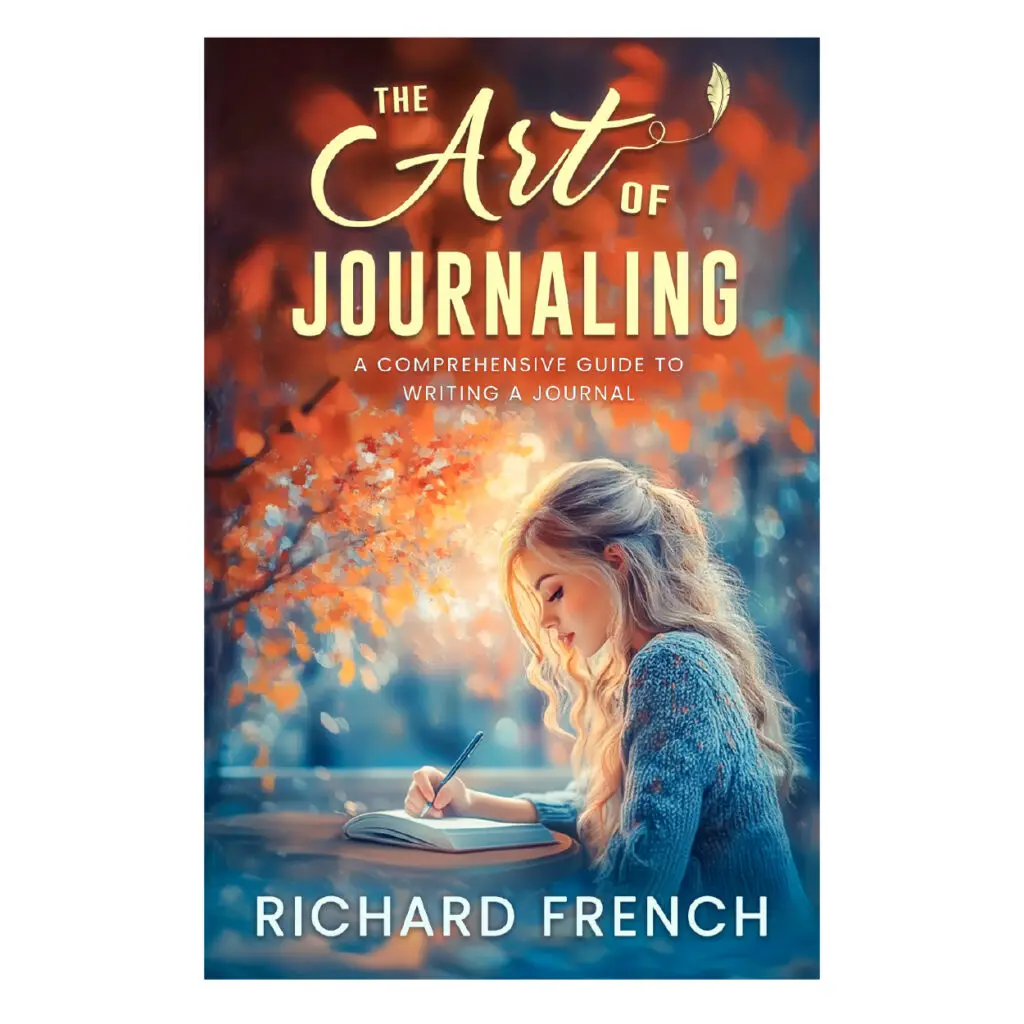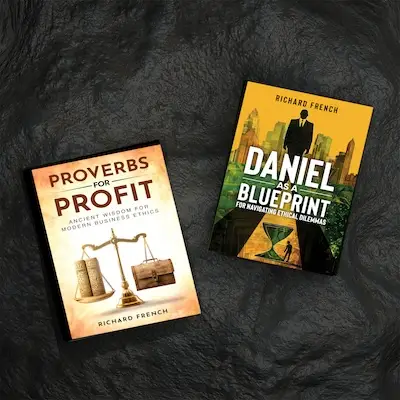Understanding Citation Styles
To sort out those pesky research citations like a pro, ya gotta get a grip on different citation styles. Each style is doing its thing with unique formatting rules. Here’s the lowdown on why citation styles matter and a peek at the popular ones used in academic land.
Importance of Citation Styles
Citation styles keep the academic playground fair and tidy by:
- Giving Props and Keeping Honest: Citations send a big “Thank You!” to those brainiacs whose work backs up your research. It covers info like the author’s name, date, and where the magic came from.
- Ditching the Plagiarism Bogeyman: Citing right means you’re not sneaking off with other folks’ ideas. You’re giving a nod to the original brainwaves.
- Speeding Up the Source Hunt: Quick access to sources is a game changer, especially for those lit reviews and brainy papers where time is of the essence.
- Playing in the Scholarly League: Using the right citation style means you’re following the unspoken rules and fitting in with the scholarly squad.
- Keeping It Together: Citation styles tell you how every detail should look and where it belongs, making sure things don’t get messy with mismatched punctuation or details.
Common Citation Styles
Different studies vibe with different citation styles. Here’s a cheat sheet of common styles with their main stomping grounds:
| Citation Style | Discipline | Key Features |
|---|---|---|
| MLA (Modern Language Association) | Humanities | In-text citations, Works Cited |
| APA (American Psychological Association) | Sciences, Social Sciences | Author-year format, References list |
| Chicago | History, Business, Fine Arts | Footnotes/Endnotes, Bibliography |
| Harvard | Many fields | Author-date trick, Reference list |
| IEEE (Institute of Electrical and Electronics Engineers) | Engineering, Computer Science | Number system, References list |
- MLA Style: This one’s a favorite in humanities. It uses in-text citations and a “Works Cited” page. It’s all about author and page number for those in-text shout-outs.
- APA Style: Social sciences love this style. It rocks an author-year combo for citations and makes a “References” list. Alert: Author and year are the biggies here.
- Chicago Style: History buffs and biz folks go for Chicago. It lets you pick between Notes and Bibliography (footnotes/endnotes) and an Author-Date system.
- Harvard Style: Like APA’s cool cousin, it uses an author-date format. You’ll see it all over the place, paired with a nifty “References” list.
- IEEE Style: Engineers and coders swear by IEEE. It lists numbers in-text and arranges the “References” list by number.
Knowing these styles ups your academic writing game. Check out our academic journaling guide and find your match with reference managers.
Equipped with the right citation know-how, students and researchers can strut their stuff with work that’s orderly, credible, and academically top-notch.
Academic Citation Essentials
Grasping the basics of academic citations is like having a secret recipe for organizing your research citations. It’s the foundation that keeps your academic work honest and gives credit where it’s due.
Components of a Citation
Ever wonder what makes up a citation? It’s like giving a shoutout to the mastermind behind the info you’re using. Usually, it throws in details like who wrote it, when it was published, what it’s called, and who put it out there (University of Pittsburgh Library System). The arrangement of these bits might differ based on the style you’re rolling with, like MLA, APA, or Chicago.
| Component | What It Means |
|---|---|
| Author | Who’s behind this work or organization? |
| Title | What’s this work called? |
| Publication Date | When did it hit the shelves or web? |
| Publisher/DOI | Who published it or that fancy DOI code? |
In-Text Citations
In-text citations are like little wave signals in your work, pointing readers to the source of that neat idea or quote. Depending on your style, they might mention the author’s last name and a page number or publication year. Take APA for example—it likes the author-year vibe (Brown University Library).
Examples of In-Text Citations
- APA: (Smith, 2020)
- MLA: (Smith 23)
- Chicago: (Smith 2020, 45)
Think of in-text citations as breadcrumbs leading your readers to the full dish in your bibliography or works cited section.
Full Citations
Full citations are where the nitty-gritty details live: the who, what, where, and when of your sources, making an appearance in your bibliography or works cited section (Brown University Library).
Examples of Full Citations
- APA:
Smith, J. (2020). *Title of the Book*. Publisher Name.
- MLA:
Smith, John. *Title of the Book*. Publisher, 2020.
- Chicago:
Smith, John. *Title of the Book*. City of Publication: Publisher, 2020.
Nailing these details and formats means you’ve got a handle on systematically organizing research citations. Good citation habits don’t just keep you out of plagiarism trouble; they’re part of playing fair in the world of intellectual discovery.
For more scoop on academic citation practices and how to get your journal groove on, check out our guides on academic journaling guide, literature review journal template, and academic bullet journal.
Tools for Managing Citations
For scholars, students, and researchers alike, keeping a grip on your citation collection is as important as your morning coffee. Using the right tools can turn the chaotic world of references into a smooth symphony, making sure your focus stays on writing rather than formatting.
Citation Management Software
Citation management software is like your personal librarian. Options like Zotero and EndNote swoop in to save the day, taking care of organizing mountains of references. These handy dandy tools let you zero in on the substance without sweating the small stuff about citation formatting.
Check out some popular choices:
| Software | Neat Perks | Cool with These Styles |
|---|---|---|
| Zotero | Snags browser links, scribbles on PDFs, sorts like a champ | APA, MLA, Chicago, IEEE |
| EndNote | Has next-level reference handling, great for team efforts, rich database | APA, MLA, Chicago, Vancouver |
| Mendeley | Allows teamwork, finds literature, gives suggestions | APA, MLA, Chicago, Harvard |
| Papers | Manages, collaborates, cloud storage | APA, MLA, Chicago, Turabian |
| ReadCube | Manages refus, annotates PDFs, hunts down articles | APA, MLA, Chicago |
These trusty tools got your back with a variety of citation styles that every academic needs, including APA and MLA.
Benefits of Reference Managers
Imagine reference managers as your citation sidekicks. Whether you’re using Zotero, Mendeley, or EndNote, they make your life easier by storing, organizing, and citing sources as easily as pie. Forget the hassle of manual formatting – these clever tools got you covered.
Why your life is better with reference managers:
- Less Effort: Automatic generation of citations and lists saves you tons of hours.
- Uniformity: No more worrying about mismatched citation styles.
- Easy Access: Finds your references faster than you can say “Where’d I put that?”
- Teamwork: Many have awesome features for sharing research with pals.
- Word Processor Buddy: Inserts citations right into your documents without breaking a sweat.
Using citation management software doesn’t just make you more efficient; it keeps your literature nice and tidy, helping you keep tabs on how your research is going.
If the wild world of academic journaling is new to you, our go-to academic journaling guide is packed with tips to help you get your research organized like a pro.
Making Research Super Smooth
When hitting the books, being quick and organized can make a world of difference. Here’s some no-nonsense advice to make your research less like a chore and more like discovering hidden gems.
Smart Ways To Hunt For Info
Finding the right sources is like fishing; gotta have the right bait. Start by nailing down the big ideas of your topic. Grab a handful of keywords and throw in some Boolean operators to make fishing for info a breeze.
Pro Tips For Snagging Good Stuff:
- Identify What’s Important: Zone in on those juicy keywords related to your topic.
- Library Adventures: Get comfy with library catalogs and peep databases like the Library of Congress.
- Google Scholar Magic: Your go-to spot for scholarly articles and citations—like finding gold in a river.
- Check Credibility: Watch for trusted sources. Who wrote it, and where did it pop up?
Size Up Your Sources:
Deciding if a source is a keeper means putting on your detective hat. Look at what kind of source it is, who wrote it, any whiffs of bias, and if it’s up-to-date.
- Does It Count?: Does it match your research vibe?
- Trust Factor: Is the info on point and trustworthy?
- Who’s The Brain?: Is the author a pro in this area?
- Quality Check: Is it well-written and makes sense?
Wrangling Your Lit Reviews
Getting your lit reviews in line is like herding cats. Pulling all your sources together smoothly can be a real art. Here’s how to make it less of a mess.
Ways To Get It Together:
- Matrices: A fancy word for using tables to line up sources by themes.
- Mind Maps: Get artsy and show how everything’s related in your research.
- Outlines: Map out your research, slotting info into categories or themes.
Handy Tools For Review Wrangling:
- NVivo: Big help for sorting data into themes.
- MindMup: Perfect for visualizing everything with mind maps.
- Scrivener: Great for laying out your research with style.
| Tool | What It Does | Why It’s Handy |
|---|---|---|
| NVivo | Analyzes Data | Boxes up data by themes |
| MindMup | Mind Mapping | Gives a visual twist to info |
| Scrivener | Writing Coord. | Keeps your research on track |
For a rock-solid plan, check out setting up an [academic bullet journal] or try out a [digital academic journal]. Plus, the [Cornell notes method] can seriously up your note-taking game.
Keeping your notes detailed and organized means no more headaches when tracking or summarizing research, making your final work shine with ease. Follow these no-nonsense strategies and tools, and watch as your research goes from zero to hero.




